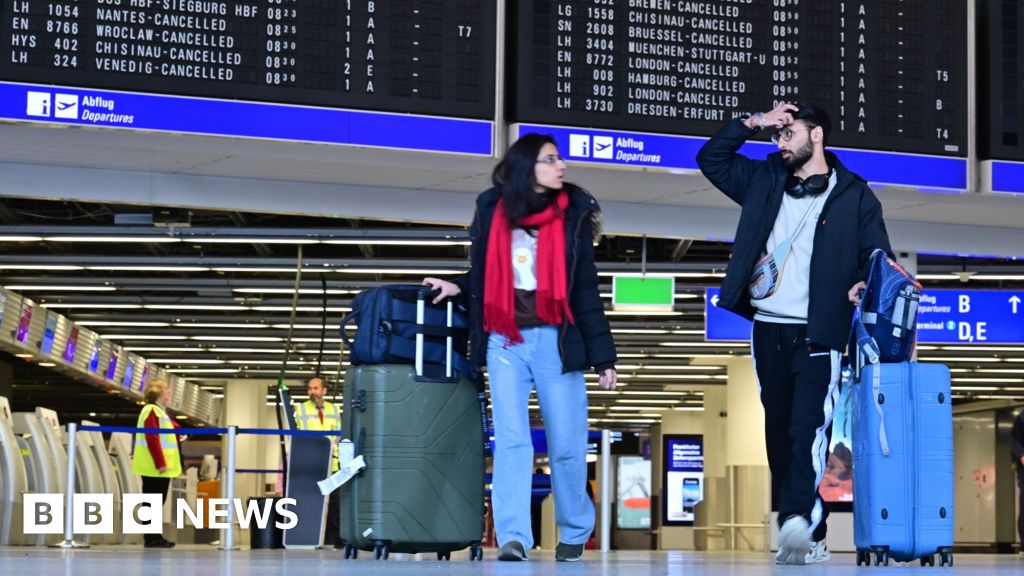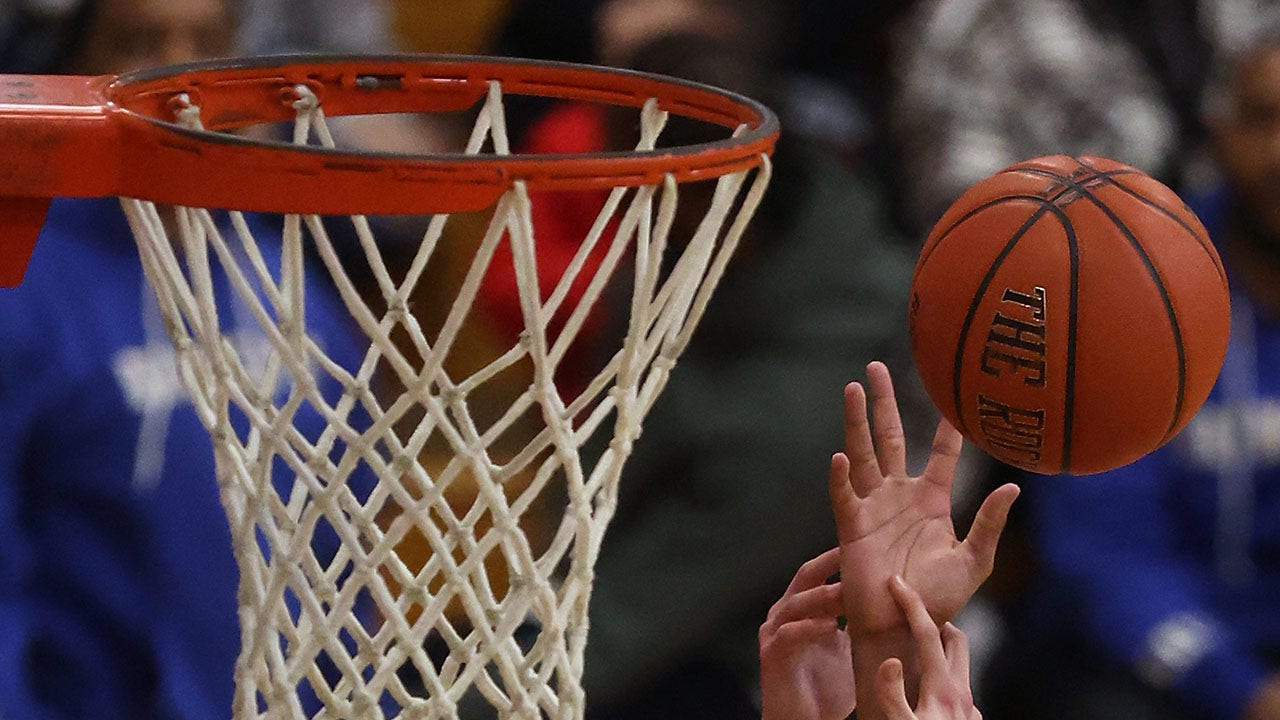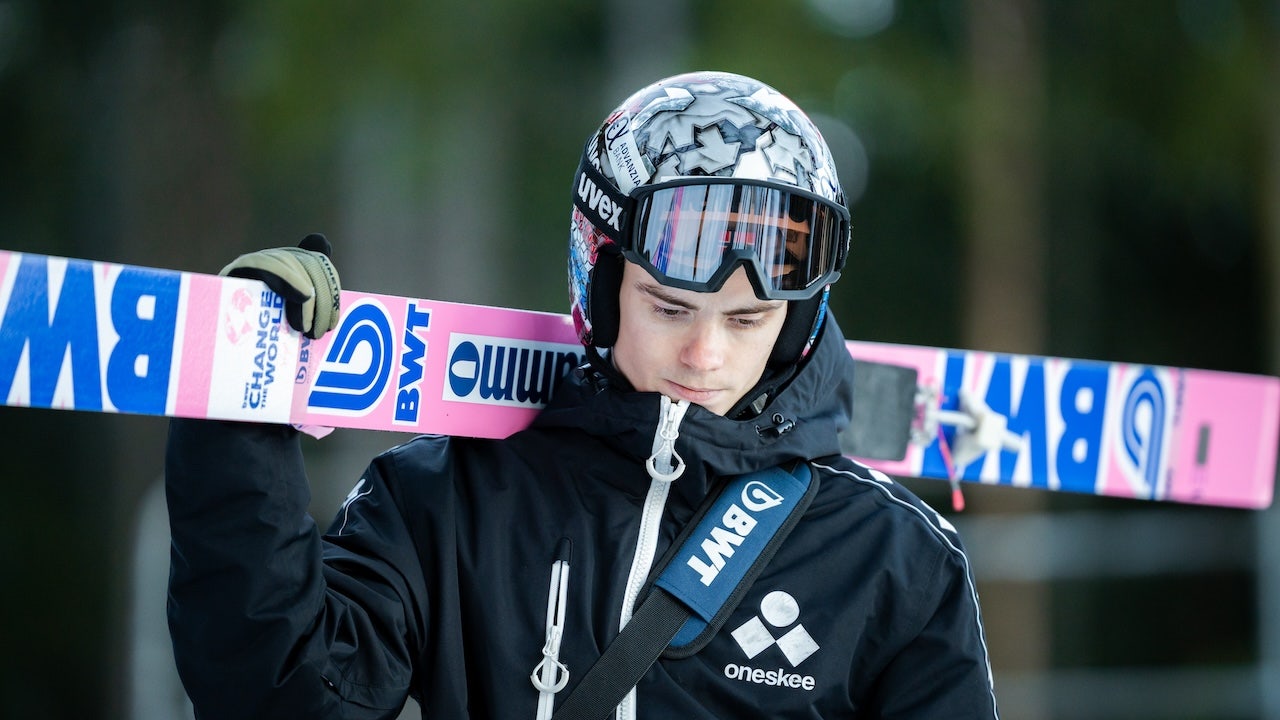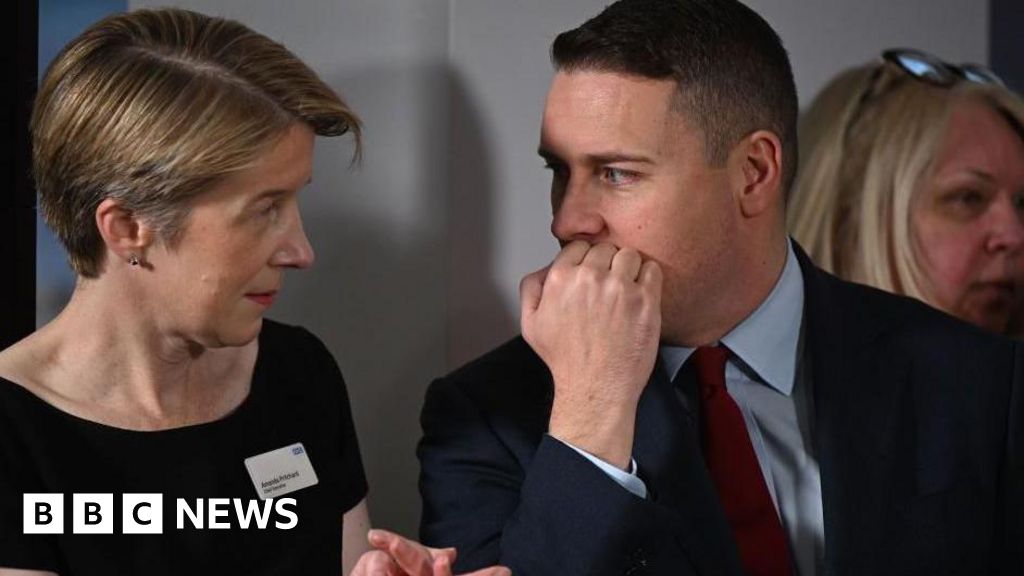The first woman to lead the orchestra in its 102-year history, Zhang earned curiosity and acclaim for pushing the edges of programming, boldly focusing on composers of color, female composers and new music. And because having one job is no longer what one does in this biz, Zhang also serves as principal guest conductor of the Melbourne Symphony Orchestra as well as conductor emeritus of Orchestra Sinfonica di Milano.
But on Thursday at the Kennedy Center Concert Hall, Zhang had just one task at hand — a compact but rich program of Samuel Coleridge-Taylor, a new-to-us saxophone concerto by Billy Childs and Dvorak’s “New World” symphony — and was fully immersed her work, delivering one of the more powerhouse showings from a guest conductor that I’ve witnessed since landing in D.C. four years ago.
Zhang’s stride to the podium, accompanied by a wide smile, offered a hint of the joyous crackle she brings to her conducting. Coleridge-Taylor’s 1898 “Ballade, Op. 33” was a fine introduction to both Zhang’s bombastic, full-body approach and the composer’s wide-ranging stylistic appetite. It’s a short work that whirls with Wagnerian drama, Tchaikovskian angst and Verdian beauty, but with a beguiling craftsmanship that’s very much the composer’s own.
She magnified lovely details such as the toothy strings at the outset, and the gales of woodwinds and horns that stir at its center — sometimes it was as though she were using her whole body to zoom in. She ramped up this naturalism with skillful surges in tempo. This whooshing current seemed to stall and pool slightly in the final section — the statements of the strings suddenly and conspicuously declarative. But as warm-ups go, it was as welcome as the spring evening outside.
The NSO is one of nine orchestras behind “Diaspora,” a concerto for saxophone and orchestras by composer Billy Childs, described by Childs as “striv[ing] to chronicle the paradigm of the forced black American diaspora, as sifted through the prism of my own experience as a black man in America.”
It was premiered in February 2023 by the Kansas City Symphony and performed by collaborator Steven Banks — the saxophone’s best friend, fiercest advocate and primary virtuoso in the classical realm. Banks’s mastery is merely his starting point, his artistry springs from the ease and visible delight he takes in moving between modes: In the first movement, playing a soprano sax, he was a master conversationalist, unfurling lilting melody atop tumbling marimbas, inquisitive horns and strings that seemed to pull and snap like bows (the other kind).
He’s also an exceptional soliloquist, extending a long, slow cadenza that brought one of Brancusi’s birds to mind — sleek, clean, flawless lines. And he plays well with others: In its latter stretch, switching to alto, “Diaspora” hairpins into a thriller, with rickety xylos running under sax squeals that had me scanning the stage for a radiator. A raucous town meeting broke out across the orchestra, punctured by gunshot snares.
To bring in its closing section, Banks retreated to rear stage right, tucked back by the piano and a row of horns. From there he offered a sweet, sentimental passage with pianist Lambert Orkis, fielding responses from the flutes and strings, which picked up and passed themes on to the oboes, bassoons and horns. Banks toggled back to the soprano for a finish as white-hot as the filament of a lightbulb.
And, oh, fine, I’ll mention that the contrasting statures of soloist and conductor — Banks quite tall, Zhang quite not — brought an extra helping of smiles to the hall when the two-step elevation of the podium allowed them to hug.
For an encore, Banks offered his own silken rendition of “The Lord’s Prayer” by Albert Hay Malotte, its syllables coded into a golden line that took all sorts of refreshing turns before soaring skyward.
A show-closing run through Dvorak’s Symphony No. 9 in E minor, “From the New World,” shifted the focus back to Zhang, who did everything a conductor could do to make its familiar slide show feel like a fresh set of images.
The first movement (“Adagio — Allegro molto”) was clean and sharply defined, with Zhang taking clear pleasure in bringing the scale from a grand landscape to intimate portraiture. It was arresting enough a start that not a single stray clap sounded between movements — folks were rapt. Even in the lightest portions of the second movement “Largo,” Zhang threw her body into its unseen momentum, bowing and craning, her clawed hand flickering the flame under a pot.
She unleashed this energy in a fiery scherzo, and she wound up the finale (“Allegro con fuoco”) as though with a great crank. Though she let the folky (and folksy) references and textures of Dvorak’s vision shine through, she also tapped into the wilderness at the core of this “New World” — a force Zhang controls, but never tames.
As maestro Gianandrea Noseda tends to his other gig at the Zurich Opera House (where he is preparing to lead to full cycles of Wagner’s “Ring” tetralogy in May), a lineup of intriguing guest conductors will be housesitting at the Kennedy Center: The Australian conductor Simone Young is joined by pianist Lise de la Salle on April 18 and April 20; Bruckner specialist Manfred Honeck brings that composer’s unfinished Ninth Symphony on May 2-4; the rising German conductor Anja Bihlmaier joins pianist Benjamin Grosvenor on May 9-11; and NSO favorite Thomas Wilkins returns with violinist Randall Goosby on May 16, May 18 and May 19. .
“Dvorak’s “New World” Symphony / Billy Childs’ Saxophone Concerto” repeats at the Kennedy Center Concert Hall Saturday, April 13. The concert is sold out.














































